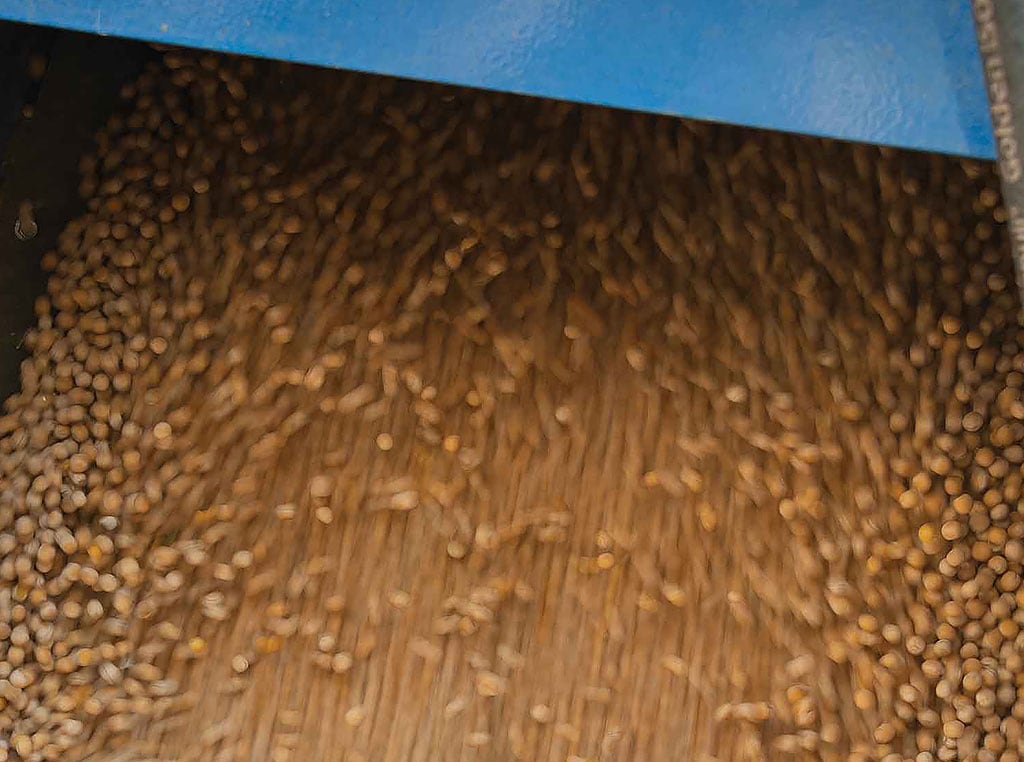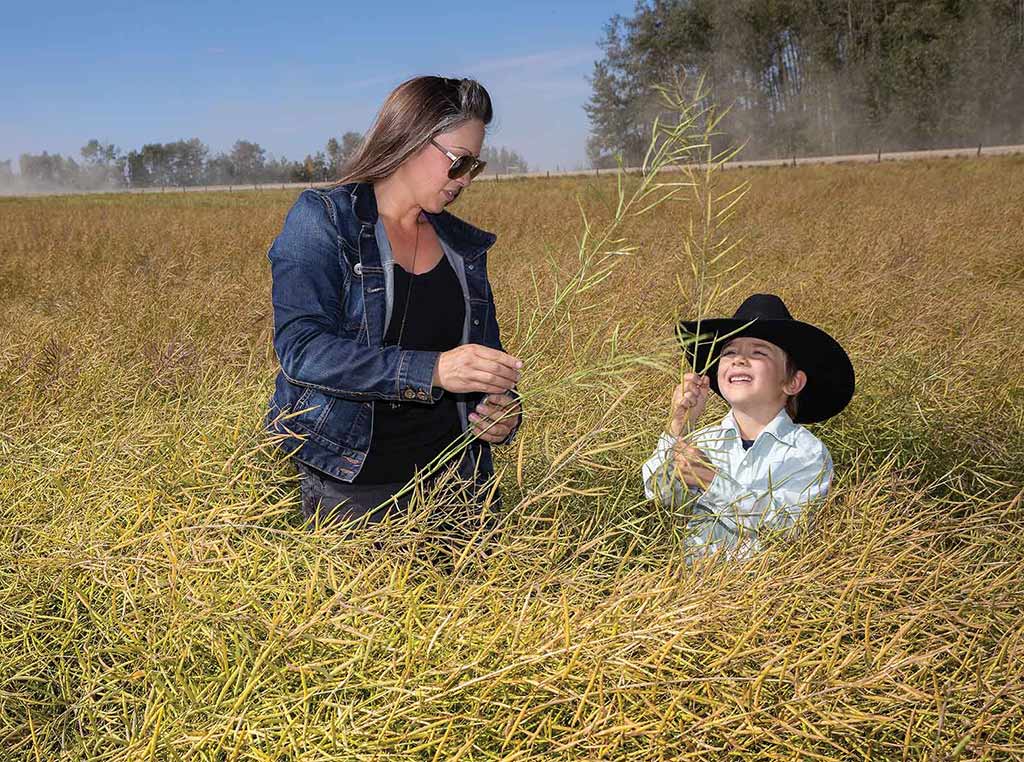
Agriculture, Specialty/Niche June 01, 2021
From Forage To Food
Breeding efforts move winter pea from cover to commodity.
“Winter is coming,” to quote a popular TV series. Not to worry though, so are options for the fall/winter slot in your crop rotation.
Long-term breeding efforts are coming to fruition, making food-grade winter peas an increasingly viable and available option.
Winter peas bring a host of benefits. Fall-seeded food-grade peas add rotation diversity for improved soil health and sustainability, break pest and disease cycles, fix nitrogen, serve as a cover crop while producing a harvestable commodity, spread planting and harvest workload and take advantage of winter moisture.
As with winter wheat vs. spring wheat, winter peas significantly outyield their spring-sown counterparts — sometimes by an astounding two or threefold.
Fall 2020 saw a record 15,000 acres of winter peas planted in the Pacific Northwest (PNW) to varieties developed by ProGene Plant Research, Othello, Wa.
“We’ve had a small number of acres of [food-grade] winter peas for about 8 years, but varieties we put out the last 2 or 3 years have people excited,” says Kurt Braunwart, ProGene managing owner. Their program has run parallel to that of Rebecca McGee, USDA-ARS research geneticist at Washington State University.
For more than a decade she’s worked to advance winter pea genetics from leggy plants producing bitter seeds to compact plants yielding large, sweet seeds.
“Finding time to get a legume crop planted in a timely fashion is difficult as it is, and our [PNW] springs are predicted to become even wetter,” McGee says. “Shifting planting season to autumn when it’s drier and getting some field work out of the way is something farmers see a benefit in.” Austrian winter pea has long been an option, but the market is highly limited. Braunwart estimates 10,000-25,000 acres of winter pea seed meets North American demand.
Alternatively, demand for food-grade peas as a source of plant-based protein is set to rise. Cargill has invested $100 million in pea protein producer PURIS and the market for pea protein is forecast to at least double by 2028.
Pea quality and performance in the field will matter. Two varieties will be released from McGee’s program this spring — one green and one yellow — and certified seed will likely be available by the 2024 growing season.
They’ve been bred for disease resistance to fusarium wilt and powdery mildew and to produce large seeds lacking bitter-tasting anthocyanin pigment.
“My goal was to make a winter pea with a hundred seed weight of 19 grams. These varieties produce 20 to 22-gram seeds with clear seed coats,” McGee says.
Likewise, ProGene’s newest varieties — Keystone, Vail, Goldenwood and Blaze — have focused on quality and yield.
“There seems to be a link between small seeds and cold tolerance. We think we have broken that link in our new varieties getting cold-tolerance with a larger, higher quality seed,” says Nancy Powell, ProGene dry pea breeder.
There are agronomic challenges. Aphid-vectored virus diseases are still in play in fall and plants spend months in cold, wet soils.
“If you plant treated seed in September, by March that protection is gone. Then you have to rely on genetic resistance,” McGee says.
On the plus side, she notes fall-sown peas flower earlier avoiding the heat stress spring-sown varieties face. They’re also harvested earlier which can negate the impact of late-season diseases, such as powdery mildew.
Peas aren’t the only options. McGee is also working on winter chickpeas and green and Spanish brown winter lentils to further expand fall-sown options. “We want farmers to have crop options that will help them have more sustainable operations,” McGee says.

Food-grade winter pea varieties provide a new rotation option. Breeders see demand for the crop in western cereal-based cropping systems, New England states and in the southeast where heat rules out spring-sown peas.
Read More

AGRICULTURE, FARM OPERATION
Keep It Clean
Failing to follow the rules can be costly.

